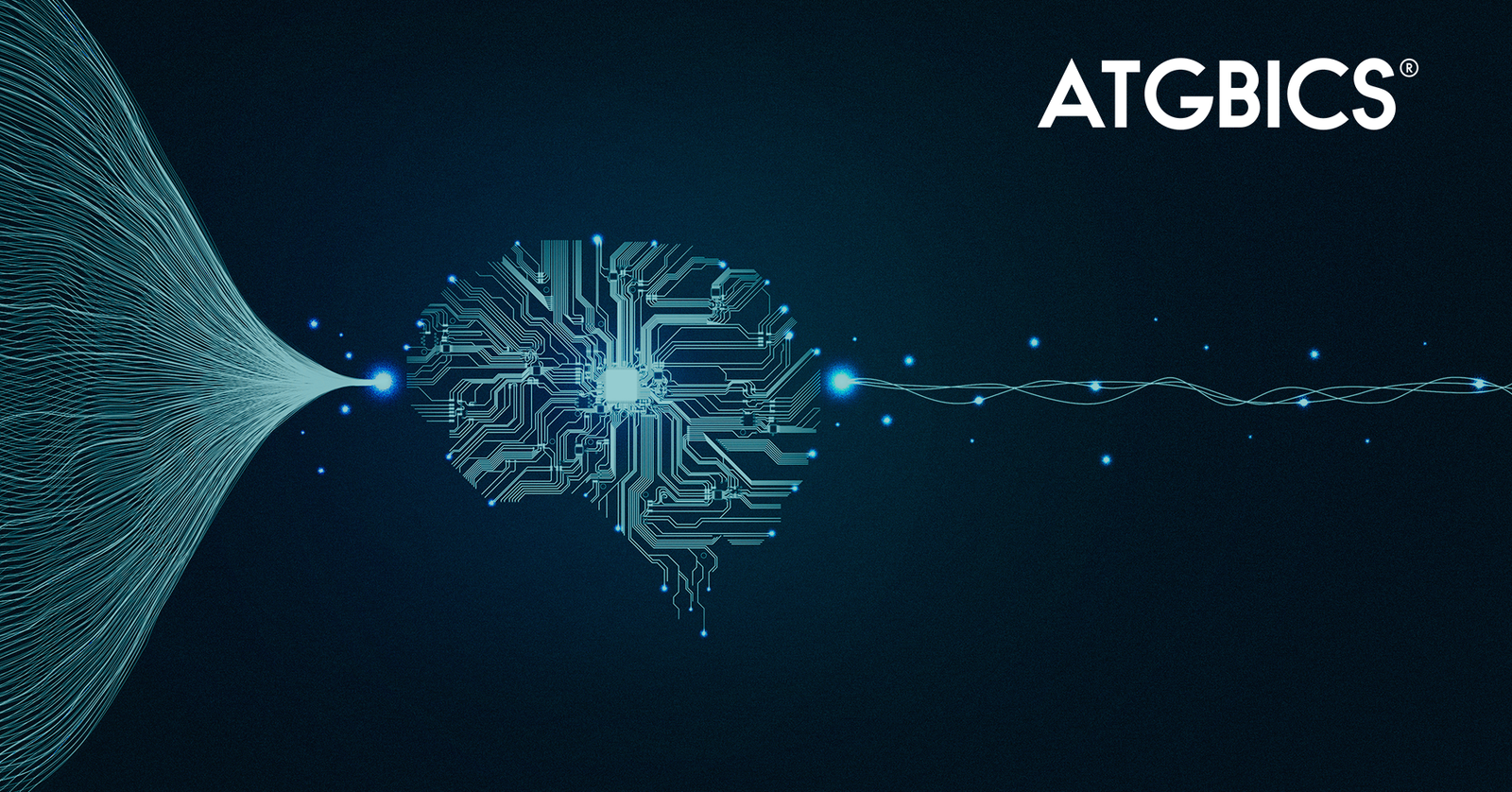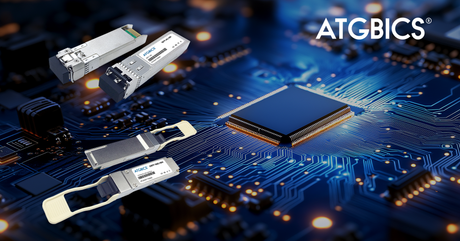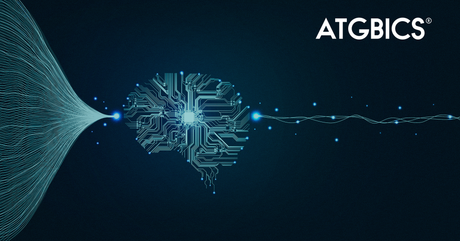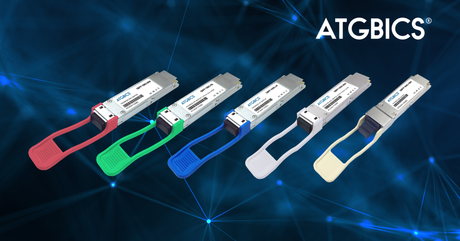What is Artificial Intelligence (AI)?
Artificial Intelligence (AI) has experienced rapid and transformative growth in recent years, revolutionising nearly every sector. From drug discovery and medical research to self-driving cars, AI is now embedded in many aspects of modern life. While tools like algorithmic recommendations and virtual assistants (e.g. Apple’s Siri or Amazon’s Alexa) have been around for well over a decade, new advancements have become exponentially more powerful with many more uses and applications.
At its core, AI refers to machines or software that can perform tasks typically requiring human intelligence, such as learning from experience, recognizing patterns, understanding language, and making informed decisions. A key subfield within AI is Machine Learning (ML), where algorithms can learn and adapt without explicit instructions. This is especially useful in data analytics and scientific or technological research and innovation.
The expansion of AI has massively increased computing and data demands, driving the need for faster, more efficient network infrastructure with the latest speeds soon to reach 1.6Tbps.
Why do Fibre Optics Matter in AI?
As AI systems grow in complexity and scale, they require increasingly powerful networking solutions to manage the vast volumes of data moving between servers, GPUs, and storage systems. Optical transceivers, direct attach cables (DACs) and active optical cables (AOCs) are key in ensuring low latency, high throughput connections that are essential in the training and deployment of AI and Machine Learning models.
In environments like high performance computing (HPC) clusters and AI optimised data centres, thousands of processors are often required to work in sync and even small delays can significantly impact performance. Technologies like InfiniBand, advanced Ethernet protocols like RoCE (RDMA over Converged Ethernet) and Priority Flow Control (PFC) are designed to minimize latency while maximising data rates within these complex systems.
Network transceivers enable high speed communication over long distances, making them ideal for connecting infrastructure that is geographically spread out. DACs and AOCs are primarily used within data centres to support fast and reliable connections between servers and switches. While DACs are commonly used for more cost effective, short range connections, AOCs offer longer reach and resistance to electromagnetic interference (EMI) as they are fibre cables not copper.
These technologies are integral in AI backbone infrastructure, delivering high speed, scalable connectivity up to 800Gbps and beyond. This powers real-time inference, large scale model training and seamless integration across distributed systems, allowing powerful and efficient AI computing.
Technologies Driving AI

The huge data requirements of AI workloads are a major force driving developments in fibre optic technology. High data rates and low latency are essential in maintaining smooth operation in these systems. Speeds upwards of 100Gbps are common in AI environments, with coherent optics, InfiniBand, and high speed Ethernet playing a key role in scaling bandwidth and reducing bottlenecks.
100G/200G/400G/800G Ethernet
As AI workloads continue to grow, especially in training large scale models, the need for faster and more efficient interconnects has become critical. High speed Ethernet standards enable rapid transfer of large datasets between servers, GPUs and storage systems, reducing training time and latency.
InfiniBand
InfiniBand is a high performance networking protocol commonly used in supercomputing and AI applications. A key feature of this technology is RDMA (Remote Direct Memory Access) which allows data to move directly between the memory of remote systems and bypassing the CPU. This minimises latency and CPU overhead compared to traditional Ethernet standards, which is ideal in AI model training where speed and synchronisation across nodes is crucial.
Coherent Optics
Coherent transceivers use advanced signal techniques by modulating not just the amplitude, but also the phase and polarization of light. This allows them to encode significantly more data per signal compared to conventional optics. Coupled with advanced modulation formats like QPSK or 8-QAM and Digital Signal Processing (DSP), coherent optics deliver higher data rates with longer transmission distances, making them essential for connecting geographically dispersed AI infrastructure without sacrificing speed or reliability.
ATGBICS Solutions
ATGBICS offers a wide range of high power networking equipment to support AI applications including InfiniBand, coherent and Ethernet transceivers, DACs and AOCs to ensure seamless high speed, low latency connectivity.
















